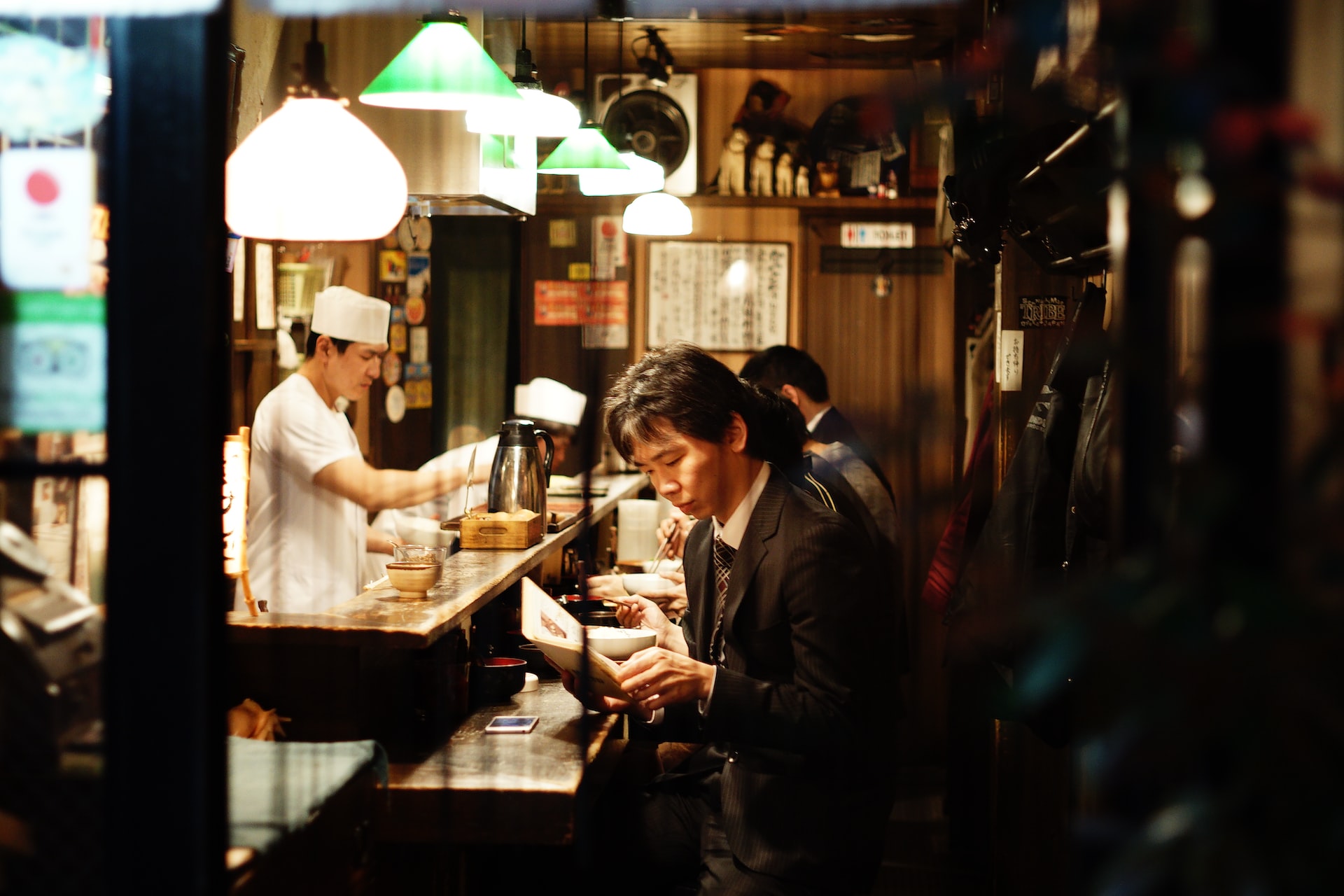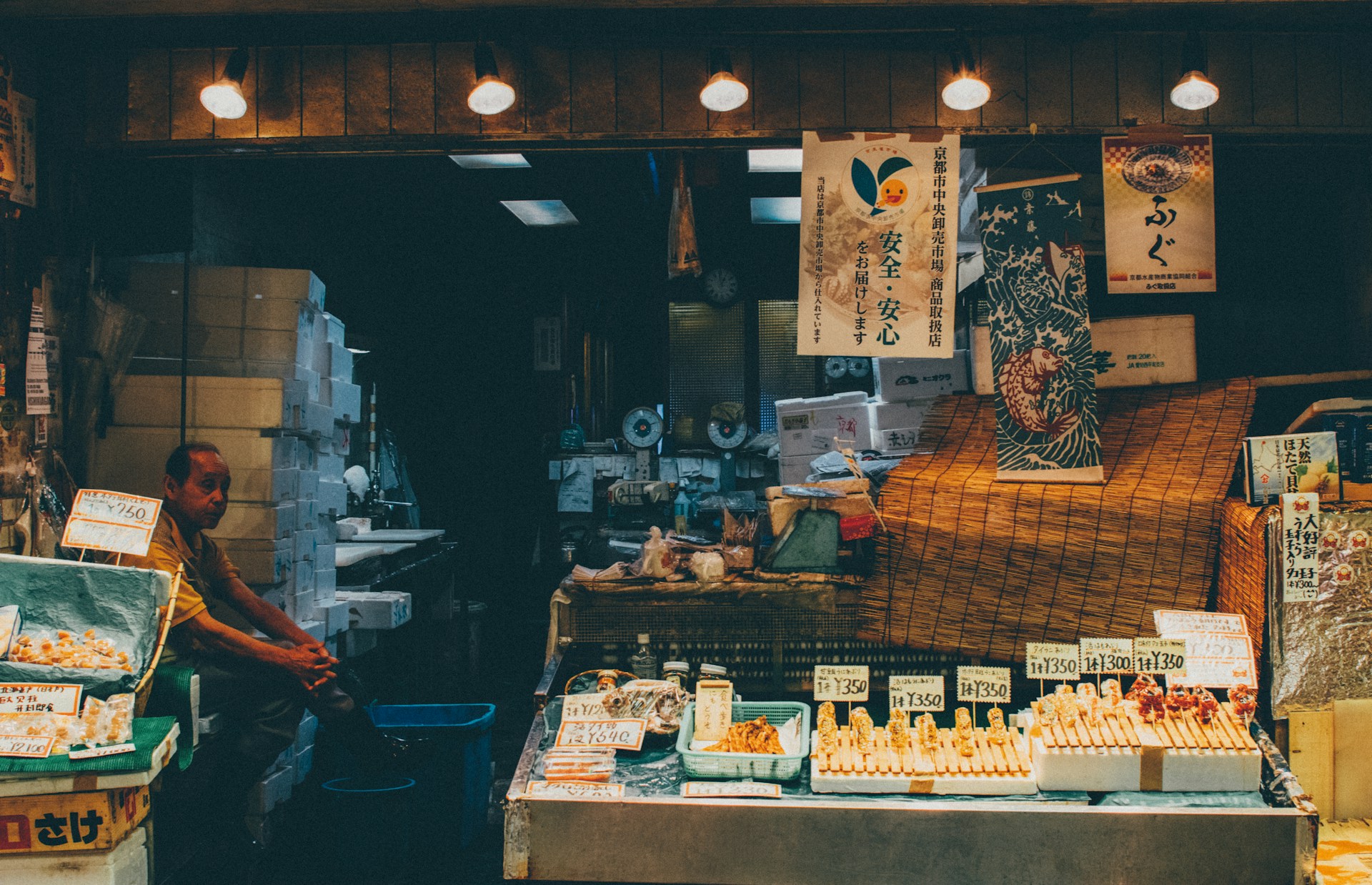Japan’s Economic Recovery Post-COVID
COVID-19 has proven one of the biggest economic disruptors of this century. Yes, SARS did impact Asia, but it was quickly controlled and had a lesser impact on the global economy.
What also needs to be understood is that the time when SARS hit Asia, the region was not as vital a part of the global value chain as it is today. This could perhaps be the reason why SARS was not that powerful a disruptor when compared to COVID-19.
When COVID-19 was first identified in China, the country was the world’s largest producer of almost everything. In fact, China is considered the factory of the world. It is also a vital link that feeds the global value chain. Along with this—economically—the region houses some other emerging nations such as Singapore, India, Japan, and South Korea.
This interconnectedness of people, culture, and products is what led to a greater spread of the COVID-19 virus at such a short amount of time. Asia was one of the worst affected by the pandemic. No nation in the region was spared, but Japan was quick to bounce back.
Japan now faces a host of other issues such as inflation, rising energy costs, and food supply impacts due to the Russia-Ukraine war. How will it deal with these crises, forms the crux of one of the themes being discussed in the upcoming Horasis Asia Meeting, being held between 20 to 21 November in Kitakyushu, Japan. The event will host 400 of the foremost business and political leaders from across Asia and the world, as they discuss ways to revitalize Asia’s economy in building a resilient post-COVID Asia.
The Pandemic Impact
No nation was spared from the impacts of the pandemic, not even Japan. Japan is considered to be the epitome of a highly advanced nation; much advanced in matters of science and technology. Japan was already using industrial robots and was the first to launch a bullet train, known as the Tokaido Shinkansen. Although rich with modern tools, science and culture, Japan was not spared from the onslaught of the pandemic.
Between 2020 to 5 October 2022, there have been 21,385,662 confirmed cases of COVID-19 with 45,083 deaths in the country. The industries that were largely impacted were the hospitality industry, food service industry, life-related service industry, and the entertainment industry.
Impacts on the food service industry was somewhat subdued due to the availability of food delivery options and cloud kitchens. The hospitality industry suffered the greatest loss. According to the World Travel and Tourism Council’s latest research, Japan’s travel & tourism contribution to the country’s GDP fell from 7.3% in 2019 to 3.5% in 2020. Meanwhile, the sector also lost a staggering half a million jobs in 2020.
But the impacts of the pandemic on the country’s economic growth prospects, looks to be slowly normalizing. Japan’s GDP is expected to stabilize around US$5,900 billion by 2023. In 2019, the country’s GDP stood at US$5,123 billion.
Response System
Japan had to quickly respond to the pandemic when it first hit its shores. It was the third country to have the first COVID-19 case in January 2020 after Thailand. And also had to curb the spread of the virus quickly as it has a large aging population. The Japanese government took early steps to prevent the mass spread of the virus by taking the following measures:
- Japan immediately classified COVID-19 as a national emergency, shutting schools and imposing restrictions on travel from China, South Korea and other countries, while urging people to remain home during weekends and teleworking.
- Japan was quick to leverage its high-quality healthcare system, deploying robots to take care of patients and introducing a virus tracing app Cocoa.
- And lastly, the healthy lifestyle of Japanese people ensured that the elderly followed a healthy diet with lesser vitamin D deficiency, hypothetically a major cause of COVID-19 infection.
The country is slowly witnessing a surge in its domestic consumption and influx of international tourists. Japan has now eased its entry restrictions by allowing international tourists to enter the country with a valid vaccination certificate and no need for a pre-departure PCR test. The maximum number of people allowed in the country has been increased from 20,000 to 50,000 per day. This will certainly give a boost to its flailing travel and tourism sector. Major Japanese travel firm JTB Corp. welcomed the eased border controls, saying it believes “overseas travel routes will recover as the number of foreign arrivals increases” and that it will prepare to draw inbound travelers.
Japan’s Future
Although Japan faced the same level of pressures due to the pandemic-induced supply chain disruptions, its inflation was relatively under control at 3%, lesser than other developed countries such as the US (8.3%) and UK (9.9%).
Two main reasons contribute to this. The first is Japan’s long-term supply contracts that limited price rise of commodities such as gas, electricity and wheat, unhindered by rising food prices following Russia’s invasion of Ukraine. And the second is Japan’s gradual reopening of its market after the pandemic.
And although Japan boasts of negative interest rates, borrowing and spending is very less due to the country’s rising aging population, which is keeping demands low.
The Horasis Asia Meeting follows on the heels of the Horasis India Meeting, held between 25-26 September 2022 in Vietnam. The India Meeting was attended by 400 leaders from both the business and government diaspora. To know more about the event, click here.
Photo Caption: A restaurant reopens after some COVID restrictions were lifted in Shinjuku, Japan




